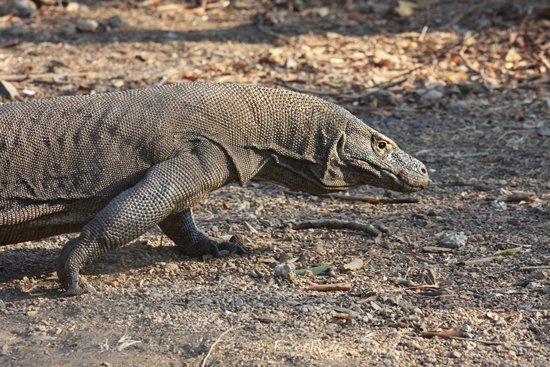Kurious, Kooky, Kool, Karnivarous, Komodos

Peregrina's Journey
Peter and Margie Benziger
Wed 28 Sep 2011 06:44
Kurious, Kooky, Kool,
Karnivarous, Komodos
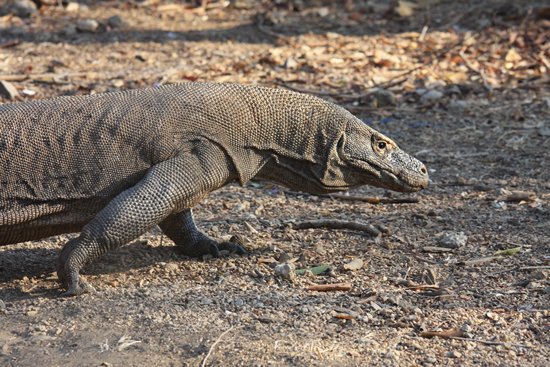
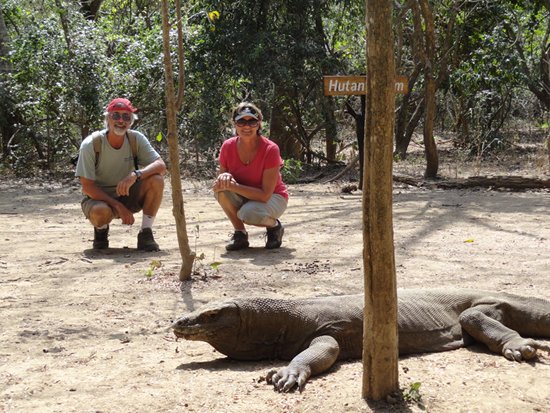
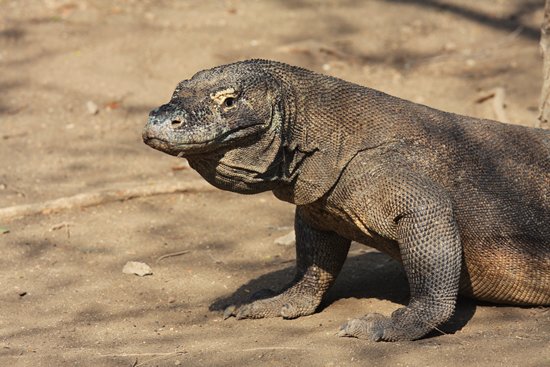
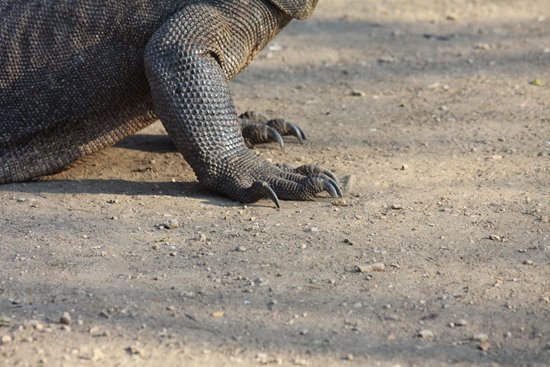
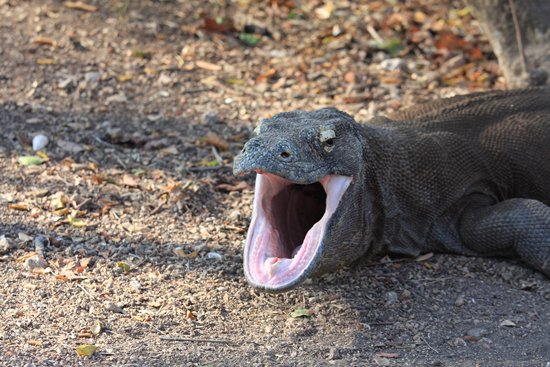
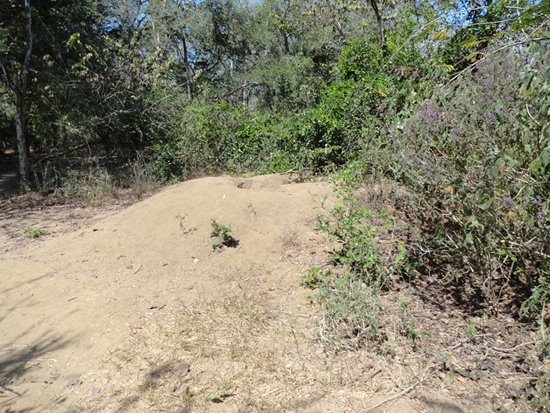
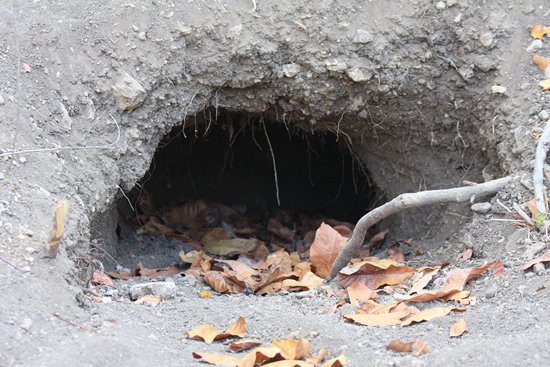
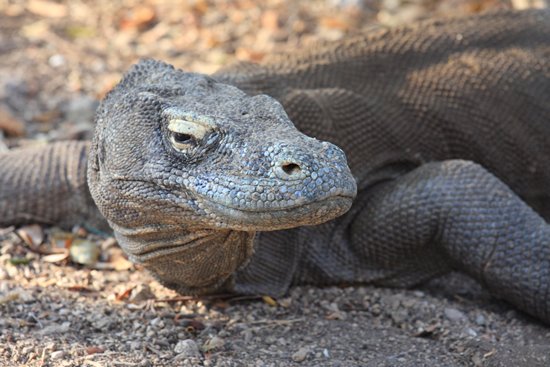
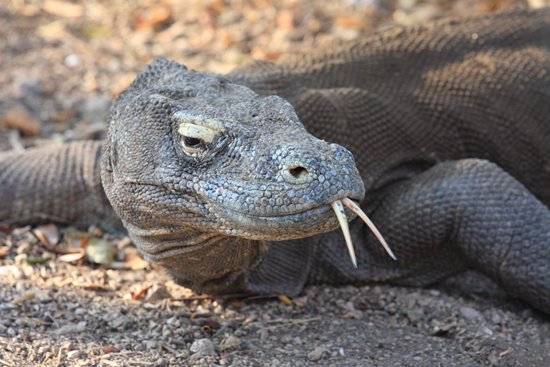
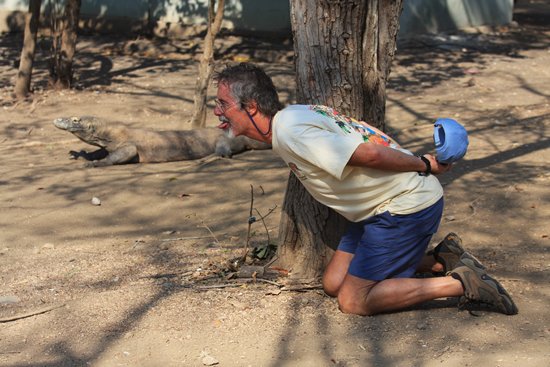

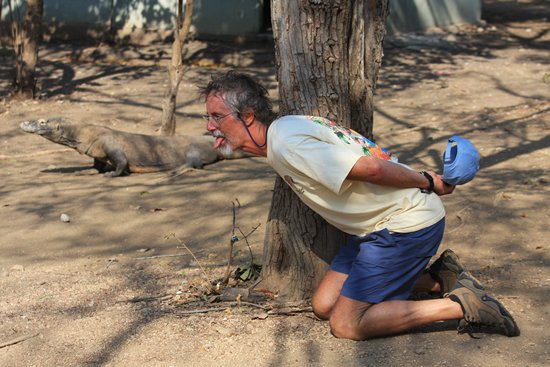
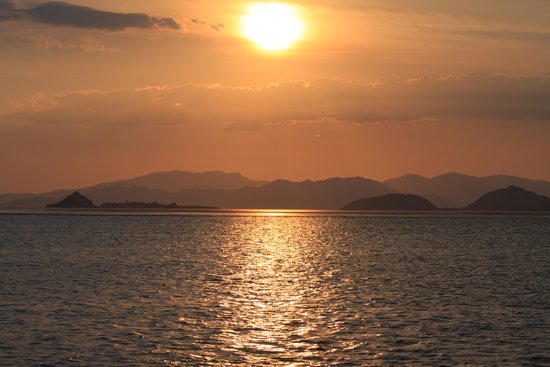
If you want
to see Komodo Dragons, there is only one place to go - Komodo Island,
Indonesia. (Well, there are a couple
other places to go nearby but they don’t work as well with the alliteration
theme...)
We anchored Peregrina off the corner of the
island, quite far from shore. There had been rumors about kurious & karnivorous Komodos swimming out to boats and coming aboard looking for dinner.
I think they were looking for THEIR dinner! While we do not know if this is true, we
decided to act prudently and NOT put out Peregrina’s boarding ladder that night.
The next day,
we went to Komodo Island. I would like to tell you that it was covered with a
white mist, supernatural in appearance with strange lightning strikes hitting
the volcanic peaks, but, actually, it was just your average beautiful, sunny, Indonesian
day as we approached.
The Western
world did not know much about Komodo dragons until the early 1900’s. Fisherman and pearl divers had brought back
tales of these ferocious giant dragons and one theory holds that the Chinese
dragon is based on the Komodo dragon. In
1920, the Dutch sent an expedition to the island and returned with skins and
detailed descriptions.

Biologist
will tell you that the Komodo Dragon is actually a huge Monitor Lizard. But let
me tell you….this in no lizard like I have ever seen ….it is a dragon and a
really big one! The head is tapered, the ear openings visible and the neck long
and strong. The muscles are massive and the tail could knock a tree down.

The Komodo Dragon
is a protected species. People will tell you that locals have, for centuries,
respected these dragons.

One myth is that a long, long time ago, a
beautiful princess lived on Komodo. She
was called “Putri Naga” which means “Dragon Princess.” She married and had two
babies. One was a normal baby boy and the other a baby dragon girl. The boy was raised by his human family but the
girl was sent back to the wild. Neither
knew about the other. Years later, her human son was hunting and raised his
spear to kill the dragon girl. “Putri Naga” appeared in radiant light and told
her son not to kill his sister but to live in harmony. From that day forth, all inhabitants of Komodo
Island have not hunted the Komodo and treat it with reverence and kindness.
Those locals
who do NOT share this mythical viewpoint say they don’t kill the dragons since plentiful
deer and wild boar taste much better than barbecued dragon meat. Makes sense to me!
We went on a
6 kilometer trek around the island. We
were warned that the Komodo Dragon can sprint very fast for short distances and
that, if it attacks, to run in a zig-zag pattern. Apparently the dragon’s tail makes it hard to
change direction quickly. (These are
really good facts to know!) You will
notice in the following picture that we are positioned at a sharp right angle
to the dragon. Thus, the dragon would have to change direction to eat us.

We also read
that, if cornered, the Komodo dragon can rear up on its hind legs before
attacking. This is something I decided I
did NOT want to see so we gave the Komodo’s
a VERY wide berth and were ready to sprint at a moment’s notice.
Komodo
dragons are covered with scales which protect them. They use their sharp teeth
and dagger sharp claws as weapons.

Sharp claws about four inches long

While they
have very powerful mouths, the Komodo Dragon has another trick to kill
prey. When it bites, it releases a
highly potent and deadly bacteria that, slowly and painfully kills its’ prey
over the course of a couple weeks. Thus, if the Komodo dragon does not want to
risk a long battle, or has recently eaten, it can just take a quick bite of a
tasty deer or water buffalo and wait patiently for dinner to be served at a
later date. Talk about ‘killer bad
breath!!!”
An adult
Komodo can eat up to 50 kilos of meat at one sitting so waiting a couple of
weeks on a full stomach is easy.
The Komodo
can eat large animals and swallow a huge amount of meat. I looked deeply into
the throat of a Komodo and can tell you that it is a long, way down a very
black hole.

The Komodo
female lays between 15-30 eggs in a nest (hole in the ground) and then protects
them from predators. The incubation
period is about 9 months. The male does
not stick around with the female during this time and is off doing male Komodo
dragon things with his friends. The following picture shows the size of the nest and the hole.


For some
reason, there are many more males than females, so getting a girlfriend
requires some special mating techniques. We learned a lot about the mating
rituals. The male looks lustily at the
female dragon and then shows his tongue and makes hissing sounds and body
language to attract the female. The
photo below shows a debonair eye contact followed by some tongue action.


The picture
below shows Peter courting one of the females with his highly practiced Komodo
mating call and extended tongue.

Margie
doesn’t have to worry…the Komodo Dragon paid me no
attention at all.
As we left
Komodo Island, a deep mantel of supernatural mist enshrouded the island and
lightening struck the peaks. Well…not
exactly but back safely onboard Peregrina, we were able to watch another
beautiful sunset over Indonesia.

----------------------------------------
Our blog:
http://blog.mailasail.com/peregrina
